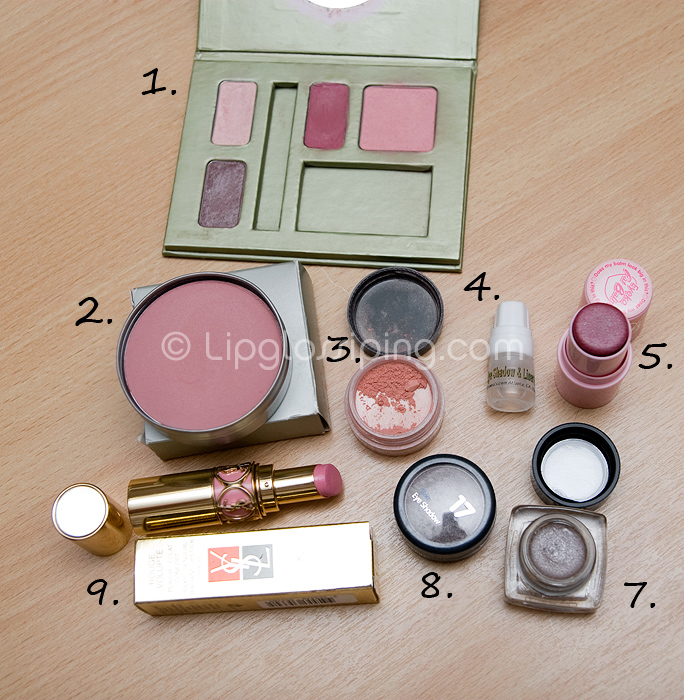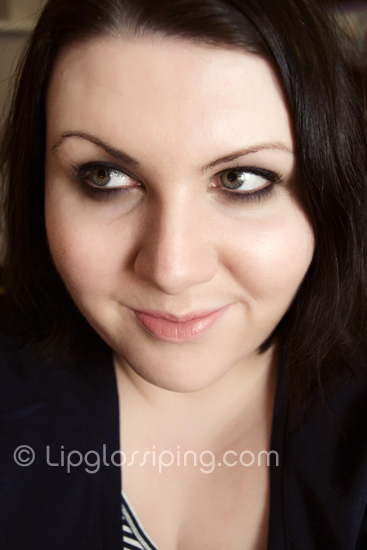My camera is a Canon 30D DSLR. It’s a bit old now… I’d love to look into upgrading, but can’t really use ‘taking photos of my makeup’ as a justification for purchase *blush*. I own 3 wonderful lenses, but mostly use my Tamron 17-50mm 2.8 for blog photos.
I shoot in manual mode because it gives me the greatest flexibility.
Photography was my first love and I’ve spent 4 years learning and trying to get a good grasp of the technical side of the hobby. My ultimate goal was to be confident and never need to rely on P mode again, shooting in manual gives you control of the image, not just the camera.
I’m frequently asked how to take better FOTD photos, and my answer has nothing to do with the camera and everything to do with the lighting.
If you’re outdoors, open shade is lovely. Beware of trees, dappled sunlight is no good. One of my absolute favourite places to shoot portraits are in open doorways. Try it.
Stand at the entrance to your garage or open your front door. You get a lovely amount of soft, directional light. Flat lighting is fine but light that moulds around your features casting soft shadows and highlights is better! Try turning slightly and see how the light falls. I always hold my hand out and just watch how the light falls on it, tilting, angling and moving until I see a sweet spot. Then I go and stand in it.
If you have to take photos in the evening under artificial light, your biggest obstacle will be avoiding that “rabbit caught in headlights” look caused by the flash on your camera. Camera flashes are not kind to us ladies, they make shiny patches practically glow and accentuate any flaws whilst simultaneously washing out the great EOTD you’ve just spent the best part of twenty minutes creating.
The problem stems from the fact that the light in your image is coming from a very small physical source. Your objective is to take that small source (the flash bulb) and make it larger. This will diffuse the light and decrease the specular highlights and harsh shadows in your photographs. The easiest way to do this (if your camera allows it) is to angle your flash so that the light first hits a bigger surface (like the ceiling or a white wall/cupboard door) before reflecting back on your face.
See the diagram below:
Can you see the harsh shadows behind the object on the direct flash diagram?
If you don’t have the flexibility of a flash head you can angle, you could try one of the many pop up flash diffuser options available on eBay. I haven’t personally tried any of them so I can’t recommend anything specific I’m afraid.
Anyway, that’s a very basic lighting 101 for taking self-portraits, I hope it helps all those who have asked in the past.





































